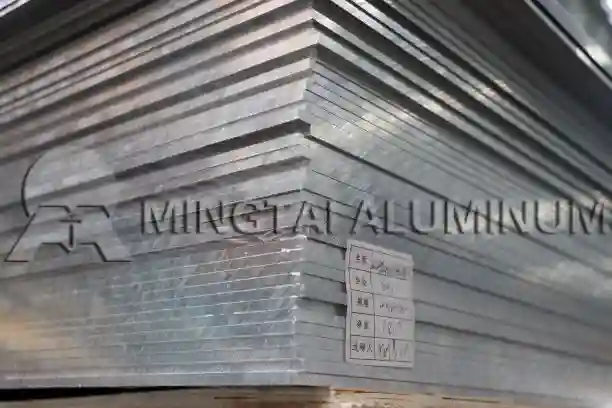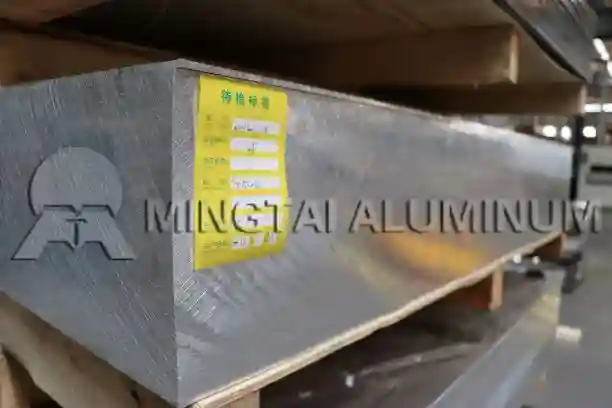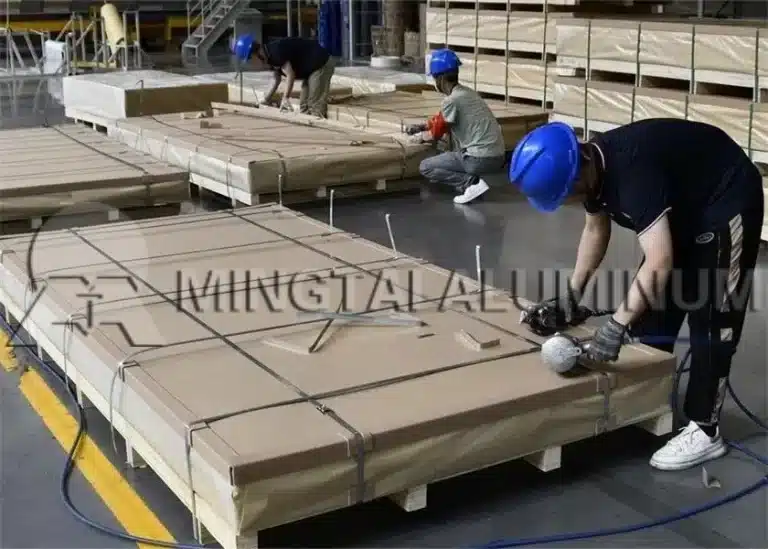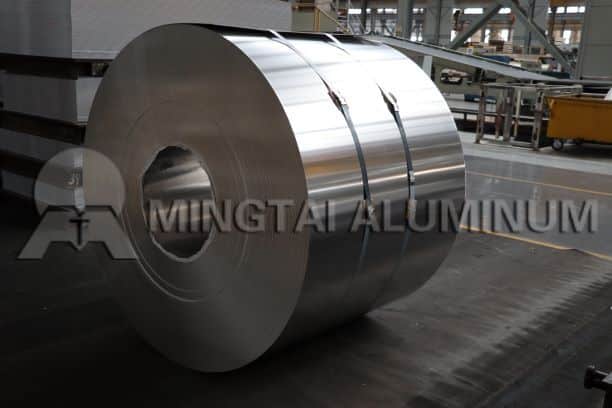
For many companies that buy raw materials, the 8x4 aluminium sheet is a must-have item. It shows up in building work, transport, ship parts, and even daily manufacturing jobs. On paper, the price looks like a simple number. In practice, the final cost is not that simple. Buyers often find that alloy choice, sheet thickness, surface finish, the size of the order, shipping, and scrap return all add up.
This article takes a closer look at these things. The aim is simple: help buying teams understand where the money really goes, and how to plan purchases without nasty surprises later.
Cost Drivers in 8x4 Aluminium Sheet Pricing
Raw Material and Alloy Grade
The alloy grade has a huge effect on cost. Each alloy is made for a slightly different job.
| Alloy | Key Point | Common Uses | Price Level |
| 3003 | Easy to bend, smooth finish, fights rust | Fuel tanks, roofing sheets, siding | Low |
| 5052 | Marine grade, strong against salt water, welds well | Boat hulls, tanks, marine gear | Medium |
| 6061 | High strength, can be heat treated, good for machining | Frames, auto parts, heavy support | High |
- 3003 is cheap and handy for many general projects.
- 5052 is trusted where water or chemicals are a problem.
- 6061 costs the most but is tough enough for big structures.
Thickness and Surface Finish
Price grows with thickness. More metal means more cost. Common 8x4 aluminium sheets are under a few mm thick, but special jobs can ask for 10 mm or more.
Finishes also matter:
- Mill finish is basic, low cost.
- Brushed looks nicer, adds labor.
- Anodized or coated resists weather and wear, but the process adds to the bill.
Order Size and Production Runs
Bigger orders spread factory costs across more sheets. That usually lowers the unit price. Small or custom runs need setup time, and the supplier may add surcharges. It’s worth noting that even the same supplier may quote very different prices depending on order volume.
Understanding MOQ (Minimum Order Quantity)
Typical MOQ for 8x4 Aluminium Sheets
Suppliers set MOQ to make production efficient. For common alloys like 3003 or 5052, MOQ can be as little as 1 ton. Rare alloys or odd sizes often need 5–10 tons.
Large mills in China, such as MINGTAI ALUMINUM, offer some flexibility. They can handle trial orders but also manage very big shipments for its service. This helps small buyers and large buyers alike.
How MOQ Impacts Unit Price
The rule is simple: the more you buy, the less you pay per sheet. With small runs, fixed charges like cutting and inspection are still there, so the cost per piece rises. Smart buyers balance bulk savings with storage costs. In practice, some companies even group orders with partners to hit MOQ and lower price.
Freight and Logistics Costs
Shipping Methods and Charges
Moving the metal often costs more than buyers first expect.
| Method | Lead Time | Cost | Best Use |
| Sea freight | 4–6 weeks | Low | Bulk orders, not urgent |
| Air freight | 1–2 weeks | High | Rush orders, small loads |
Sea freight is slower but cheaper, perfect for bulk. Air is quick, but the price can be 3–5 times higher. Packing also adds cost. Pallets, wrapping, or wood frames take space and weight, which carriers charge for.
Customs, Duties, and Insurance
Every country adds its own charges. Buyers need to check:
- Import duties and local taxes like VAT.
- Insurance, which protects against damage or loss.
- Paperwork for customs clearance. A supplier that ships worldwide will usually handle this faster.
Scrap Return and Recycling Policies
How Scrap Return Works
Cutting aluminium sheets leaves extra pieces. Instead of throwing them away, some buyers return scrap to the supplier. The supplier melts it again and gives the buyer credit. This system reduces waste and helps cut future costs.
Supplier Policies on Returns
Policies differ. Some mills give credit based on weight. Some only accept clean scrap, with no oil or paint. Others do not accept returns at all. That is why buyers should ask upfront and write terms into the contract.
Choosing a Reliable Supplier for Pricing Transparency
Factors Beyond Price
Low quotes do not always mean good value. Buyers should also check:
- Certifications such as ISO 9001 and ISO 14001.
- Capacity, to ensure the supplier can deliver on time.
- Warranty and service, which reduce risk of problems later.
Quality sheets cost more upfront but prevent defects, delays, and rejected shipments.
Avoiding Hidden Costs
A good quote lists all items:
- Base metal cost (linked to global aluminium price).
- Processing fees (cutting, forming).
- Coating or surface treatment.
- Packing and handling.
- Shipping, customs, and any extra surcharges.
When suppliers hide these charges, the final bill may shock buyers. Transparent pricing makes comparisons easier.

The price of an 8x4 aluminium sheet is not only about weight and alloy. Buyers also pay for finishes, shipping, MOQ terms, and scrap policies. The real cost is the sum of all these things.
Large producers like MINGTAI ALUMINUM combine advanced equipment, big capacity, and full certifications (ISO9001, ISO14001, CE, GRS). For buyers, that means lower risk, steady supply, and clearer pricing.
In the end, successful sourcing is about more than chasing the lowest quote. It’s about finding partners who give reliable sheets, fair terms, and full cost transparency.
FAQ
Q: How long does it take to get 8x4 aluminium sheets delivered?
A: About 4–6 weeks by sea or 1–2 weeks by air. Custom specs may need more time.
Q: What can buyers do to lower MOQ of aluminum sheet?
A: Offer long-term volume, accept flexible delivery, or order during slow production periods.
Q: How to check quality of aluminum sheet before accepting a shipment?
A: Measure thickness, check surface finish, confirm flatness, and ask for mill certificates.
Q: How do scrap return credits work in Aluminum sheet suppliers?
A: Aluminum sheet suppliers may give weight-based credits, but usually only for clean scrap.
Q: What hidden costs appear in aluminium sheet buying?
A: Extra charges for cutting, coatings, packaging, and small orders.




